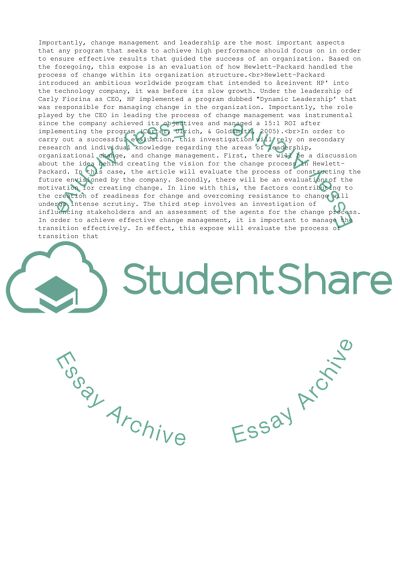Cite this document
(Organizational behavior Essay Example | Topics and Well Written Essays - 2000 words - 4, n.d.)
Organizational behavior Essay Example | Topics and Well Written Essays - 2000 words - 4. https://studentshare.org/management/1789211-organizational-behavior
Organizational behavior Essay Example | Topics and Well Written Essays - 2000 words - 4. https://studentshare.org/management/1789211-organizational-behavior
(Organizational Behavior Essay Example | Topics and Well Written Essays - 2000 Words - 4)
Organizational Behavior Essay Example | Topics and Well Written Essays - 2000 Words - 4. https://studentshare.org/management/1789211-organizational-behavior.
Organizational Behavior Essay Example | Topics and Well Written Essays - 2000 Words - 4. https://studentshare.org/management/1789211-organizational-behavior.
“Organizational Behavior Essay Example | Topics and Well Written Essays - 2000 Words - 4”. https://studentshare.org/management/1789211-organizational-behavior.


